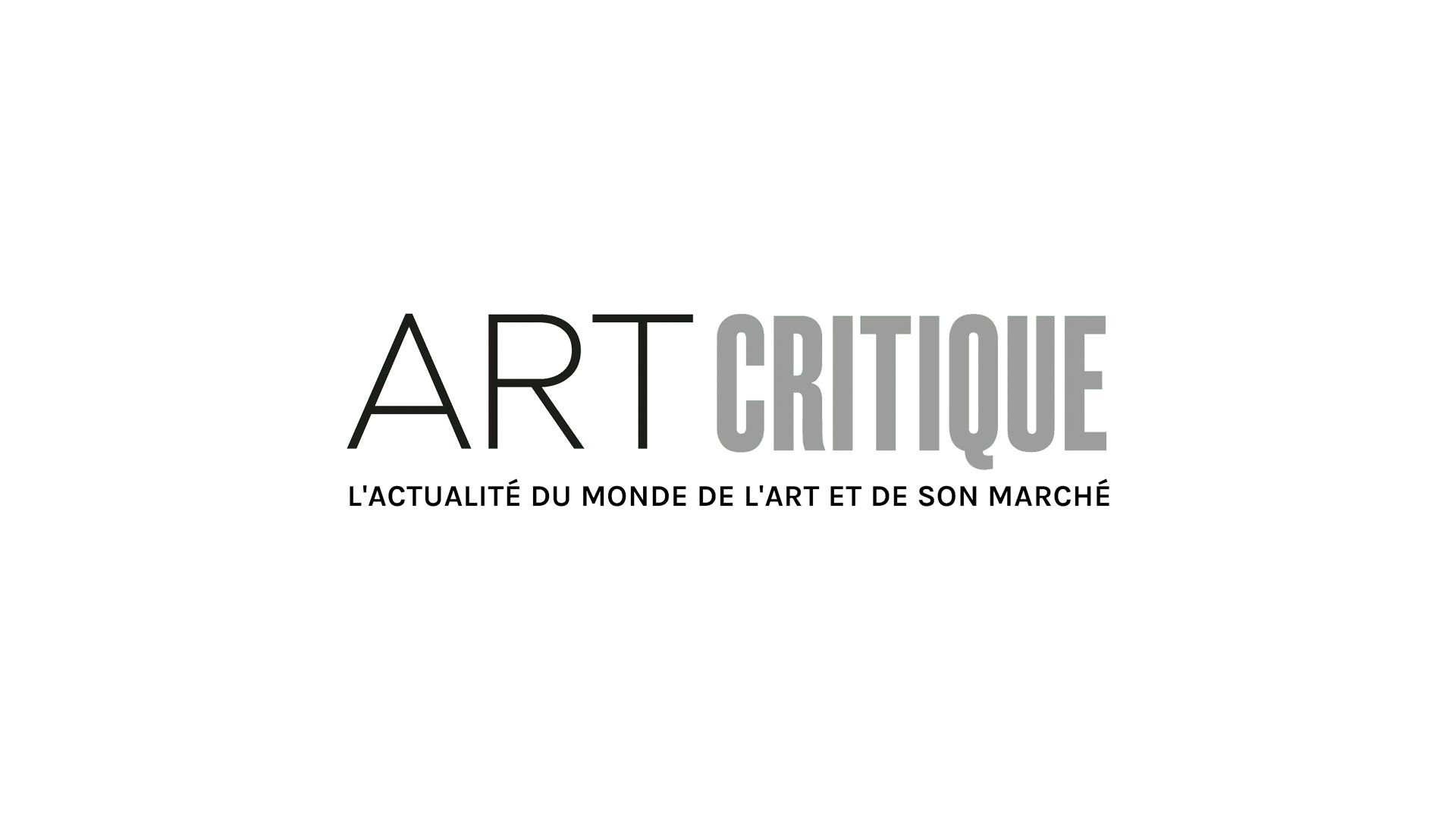Roman Stańczak, a sculptor commissioned to present in this year’s Polish Pavilion, is bringing the unexpected to the Venice Biennale through his large-scale project called Flight. The exhibition was curated by Łukasz Mojsak and Łukasz Ronduda and organized by the Zachęta National Gallery of Art. The sculpture, as the name alludes to, utilizes an airplane but Stańczak has altered the craft in a significant way: he’s turned it inside out.
By turning the plane inside out, Stańczak creates a ‘reversal of the world.’ The familiar structure, form, and exterior of an airplane, a vehicle so commonplace in today’s world, becomes blurred as the exterior of the plane takes on a jagged, worn look. Stańczak and his team pound, beat, and cut the body of the airplane back into shape after having sawed the plane in half, splitting the plane open ‘like the belly of an animal,’ says Stańczak. The wings and hull of the plan are wound into the interior of the aircraft while objects usually housed within the aircraft, including the cockpit, seats, and on-board equipment are moved outside of the plane’s body. ‘Turning things inside out speaks about hope,’ says Stańczak of his choice to wrong-side out the plane. The process of inverting an object as he has in Flight calls on the spiritual as a ‘preparation for death’ that gets at the essence of the object.
The concept of Flight has been 30 years in the making, too. Throughout his career, he has worked with everyday objects – transforming them into something familiar yet unusual. Stańczak has distorted kettles, couches, and bathtubs, chipping away at their surfaces, changing their orientation, and altering their appearance, however, the want to work with a plane was there but never materialized until now. Flight becomes an artwork that speaks to viewers, from various backgrounds, for various reasons. ‘Nowadays,’ states the Polish Pavilion press release, ‘the aircraft stands as a symbol of the rift that troubles the Polish society.’ However, it is also a ‘major technological achievement and machine that we trust our lives to,’ when viewed from a universal point of view, but also one of status and wealth. Inverting the aircraft stands as a commentary on the reality of today’s society and economy.
Therefore, Flight, for Stańczak, toes the line of modernity and spirituality and how, when those two worlds push and pull against each other, they obliterate one while bolstering the other. With his installation, Stańczak ‘seeks to prove that people are in need of a spiritual change, which they may experience in a situation that negates a familiar order of things and disturbs their safe existence in the world.’
Born in Warsaw in 1969, Stańczak continues to live and work there today. In the 1990s, he made his debut after studying at the famous ‘Kowalina’ studio under the guidance of Grzegorz Kowalski and graduating from the Academy of Fine Arts in Warsaw. In 1996, Stańczak held his first solo show at the Centre for Contemporary Art Ujazdowski Castle. Stańczak eventually stepped away from the international art scene and was relatively missing in action until his return in 2013.
Flight will be on display between May 11th and November 24th during the 58th edition of the Venice Biennale.











